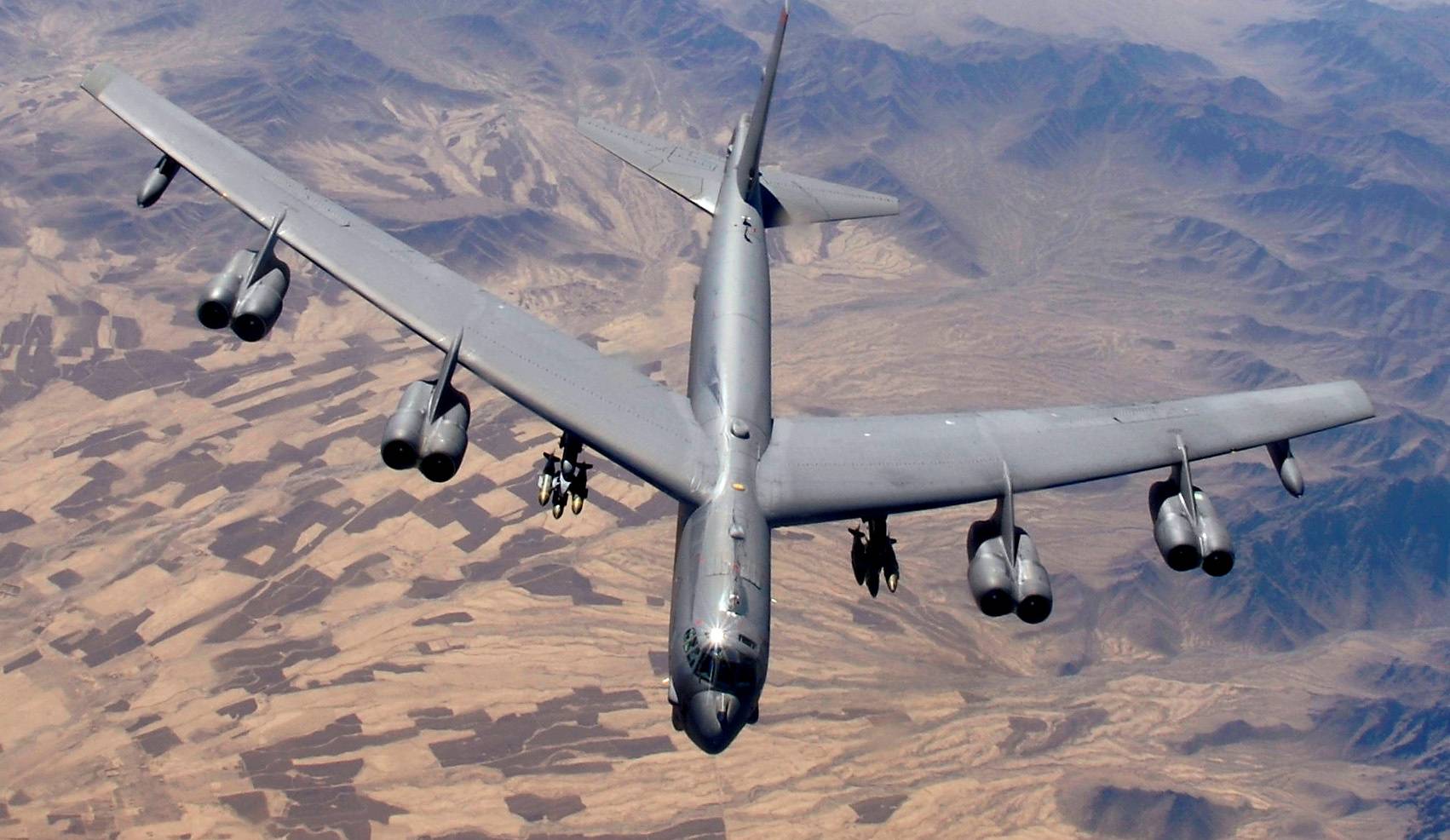On July 21, two U.S Air Force B-1B bombers took off from Guam and headed west over the Pacific Ocean to the hotly contested South China Sea. The sleek jets made a low-level pass over the aircraft carrier USS Ronald Reagan and its escorting fleet, which was exercising nearby in the Philippines Sea, according to images released by the U.S. military.
The operation was part of the Trump administration's intensifying challenge to China's ruling Communist Party and its sweeping territorial claims over one of the world's most important strategic waterways. While senior Trump officials launch diplomatic and rhetorical broadsides at Beijing, the U.S. Defense Department is turning to the firepower of its heavily armed, long-range bombers as it seeks to counter Beijing's bid to control the seas off the Chinese coast.
Since late January, American B-1B and B-52 bombers, usually operating in pairs, have flown about 20 missions over key waterways, including the South China Sea, the East China Sea and the Sea of Japan, according to accounts of these flights from U.S. Air Force statements and official social media posts. These missions, military analysts say, are designed to send a crystal-clear signal: The United States can threaten China's fleet and Chinese land targets at any time, from distant bases, without having to move America's aircraft carriers and other expensive surface warships within range of Beijing's massive arsenal of missiles.


















With your current subscription plan you can comment on stories. However, before writing your first comment, please create a display name in the Profile section of your subscriber account page.